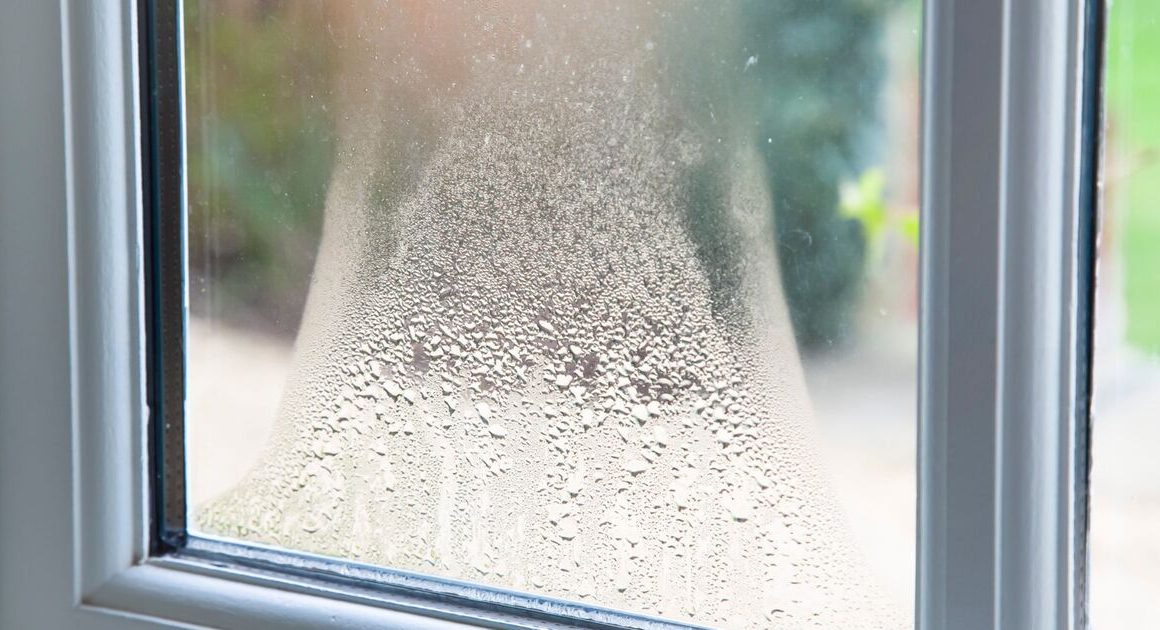Gardeners most likely know that fertilising the lawn is one of the most important gardening jobs to do in October, but may not realise it is cheap and easy to make your own fertiliser.
Fertilising the grass in autumn will not just keep the lawn healthy but help make it much stronger so it will have a better chance at fighting off pests, diseases and damage from the upcoming cold weather.
Allen, an expert from The Lawn Squad, has shared you can make a homemade fertiliser that will result in “healthier, greener turf” if you use waste items you would otherwise have thrown away.
He said: “Turning kitchen scraps and yard waste into composted material is both eco-friendly and garden-smart. It’s an excellent way to reduce waste and benefit your lawn.”
What to use to make a natural lawn fertiliser
Coffee grounds
Used-up coffee grounds contain nitrogen, which is one of the main nutrients needed to help the grass stay healthy, and also attracts earthworms to the soil which will help aerate.
Aerating the lawn breaks the soil naturally so it does not stay compact but also helps the roots aboard more water, nutrients and oxygen to help keep them strong.
Allen said: “Coffee isn’t just my morning essential; it’s also great for my lawn. Nitrogen-rich coffee grounds can be sprinkled on the lawn or mixed with water (about half a pound of coffee grounds to five gallons of water) to create a nutrient-packed lawn tonic.”
Coffee grounds alone do not contain all the nutrients needed for a complete fertiliser but is a simple way to give grass a boost and can be mixed in with other ingredients to make a rich fertiliser.
Grass cuttings
Make sure to gather up your lawn clippings as they are incredibly nutrient-rich as they contain nitrogen, phosphorous and potassium which are the three main nutrients needed to keep lawns healthy.
Allen said: “Don’t throw away those grass clippings after mowing. They’re a great source of nitrogen. Simply leave them on the lawn to decompose and they’ll feed your lawn as they break down.”
When left on the lawn grass clippings also act as a natural mulch and will retain moisture so you also do not have to worry about watering the grass as frequently in autumn.
Dish soap
Dish soap does not contain nutrients but mixing small amounts with a natural fertiliser can help the mixture penetrate the roots more deeply to ensure the lawn stays healthy.
Allen said: “A surprising addition to DIY lawn fertilizers is dish soap. When used in very small amounts, dish soap can act as a surfactant.
“It helps other nutrients penetrate the soil more effectively [and] can also help control certain pests.”
Dish soap can also be used to keep moss away from your lawn and will also deter aphids, spider mites, whiteflies and gnats away from grass.
However, you only need to use a tiny amount of dish soap for it to be effective and using too much can potentially harm grass or pollinators such as butterflies, bumblebees or ladybugs.
Epsom Salts
Epsom salts are a natural mineral sometimes bought as a bath soak or skincare product but are commonly used by gardeners as a natural fertiliser due to their high sulfur and magnesium content.
Allen said: “Epsom salts are rich in magnesium and sulfur, two key nutrients that can help seed germination, chlorophyll production, and the absorption of other nutrients.”
Having enough magnesium in the grass will improve soil quality to make it easier for grass roots to grow so you will get greener and lusher grass next spring.
To use Epsom salts as a fertiliser, dissolve it in water before using it on your lawn. You will only need around one or two tablespoons of Epsom salt per gallon of water.










